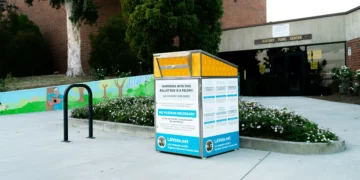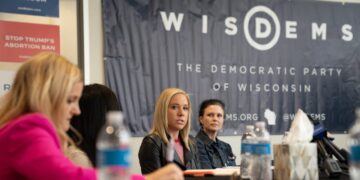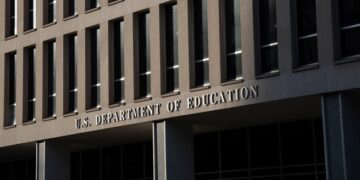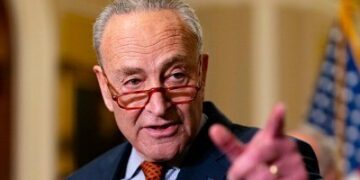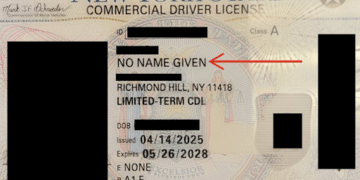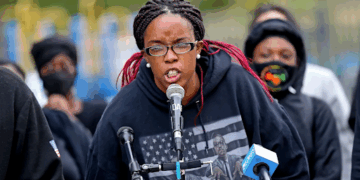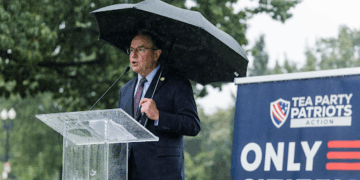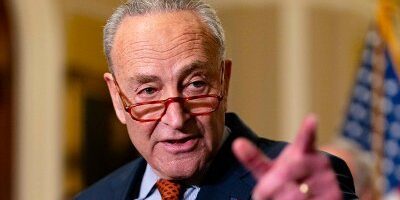The federal government shut down at midnight Wednesday — not because lawmakers couldn’t reach a deal, but because Democrats refused to. Senate Democrats, under pressure from powerful progressive interest groups, filibustered a continuing resolution that would have kept the government open, demanding Republicans cave on spending priorities instead.
The U.S. government requires funding approved by Congress to continue operation. This past spending bill ended government spending on October 1st. Earlier in September, a bill called a “continuing resolution” (CR) was passed through the House of Representatives to continue short term funding and keep the government open.
However, once the bill reached the senate, Senate Democrats filibustered the passing of the bill. Since the Senate Republicans do not have a 60 vote majority, the filibuster could not be broken and the CR was unable to be passed. (RELATED: Politics on Display: Middleton High Assignment Brands Students ‘Nazis’)
Democrats are currently under pressure from special interest groups to keep the shutdown going. “grassroots groups are coming together to push half a million calls to Congress to protect health care access,” according to progressive interest group MoveOn.
According to Axios, the same type of ultra-progressive groups slammed Minority Leader Schumer when he passed a similar resolution earlier this year. These groups have had weekly meetings and conversations with Schumer and his team over the last two months after he approved the resolution in March. These groups have also stipulated that passing this resolution and funding the government is “unacceptable.”
Head Democrats such as Hakeem Jefferies, are blaming the shut-down on the Trump Administration, claiming they are taking away healthcare from Americans. The CR has no language about revoking healthcare. Quite the contrary, the bill actually EXTENDS funding for healthcare and public health. (RELATED: Maria Lazar Announces Candidacy for Wisconsin Supreme Court 2026)
During a government shutdown, non-essential government employees are “furloughed” or laid off, while essential workers are expected to work without pay. Employees are still compensated, including once the shutdown ends.

